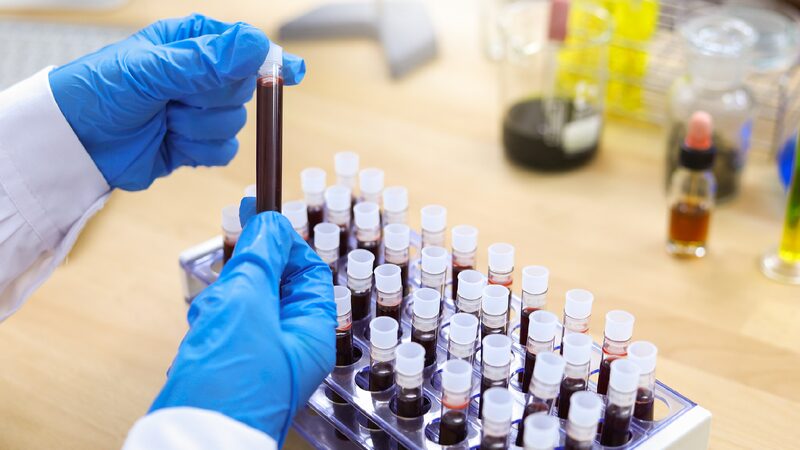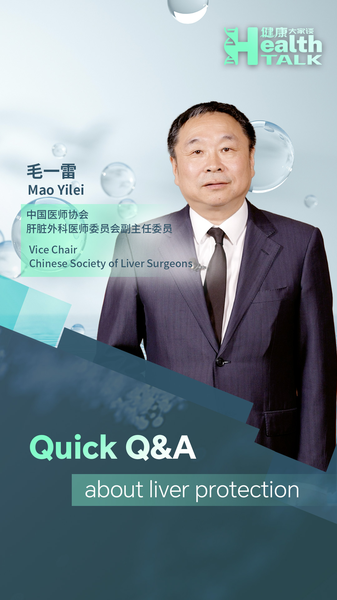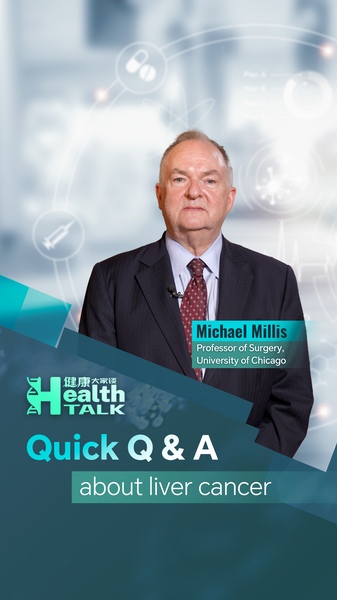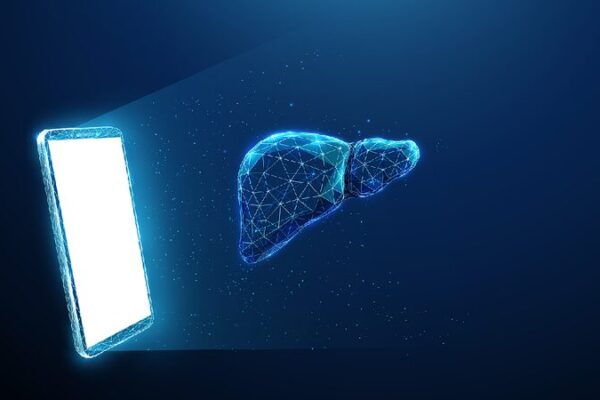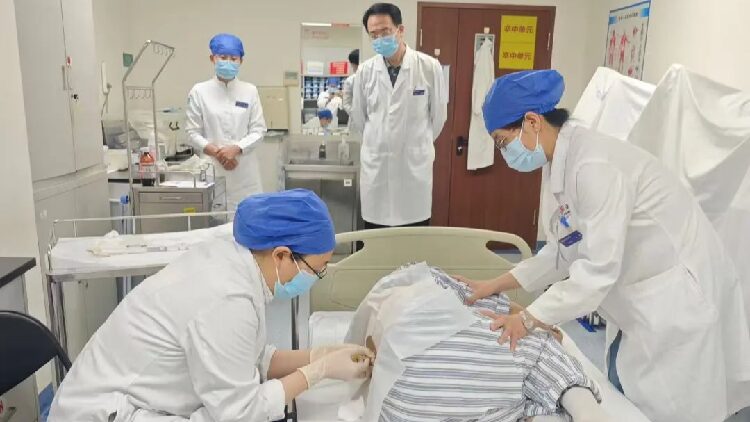China has taken a significant step forward in the fight against rare diseases with the approval of its first gene therapy for Hemophilia B. The National Medical Products Administration (NMPA) recently gave the green light to BBM-H901, offering a potentially life-changing option for patients.
Developed by Shanghai-based Belief BioMed Inc., BBM-H901 is a one-time injectable therapy designed for adult patients with moderate to severe symptoms. The treatment uses an adeno-associated virus (AAV) vector to deliver a functional copy of the factor IX gene into liver cells, enabling the patient’s body to produce the missing clotting protein internally.
Understanding Hemophilia
Hemophilia is a rare inherited disorder that impairs the blood’s ability to clot. It stems from mutations on the X chromosome, leading to deficiencies in critical clotting factors. There are two main forms:
- Hemophilia A: Caused by a lack of factor VIII and accounts for most cases.
- Hemophilia B: Caused by a deficiency in factor IX, making up 15 to 20 percent of cases.
Because the defective gene is carried on the X chromosome, hemophilia primarily affects males. Individuals with hemophilia are at heightened risk of uncontrolled bleeding from minor injuries and sometimes even spontaneously. Without consistent treatment, repeated bleeding into joints and muscles can result in chronic pain, disability, or life-threatening complications.
Advancements in Treatment
Conventional treatments rely heavily on clotting factor replacement therapy, which involves frequent intravenous infusions of the missing factor. While effective, this approach can be burdensome and costly. Moreover, some patients develop antibodies that render replacement therapy less effective.
Gene therapy holds great promise as a long-term solution. Unlike traditional therapies that manage symptoms, gene therapy tackles the root cause by delivering functional genes into the body, enabling stable, internal production of the missing clotting factor.
Globally, gene therapies have progressed rapidly, particularly for rare genetic conditions. The approval of BBM-H901 marks a new chapter in China’s approach to rare disease care and genomic medicine. While affordability and long-term efficacy remain key areas of focus, the therapy’s arrival represents a meaningful step toward more accessible, innovative treatment for patients with hemophilia.
Reference(s):
The latest in hemophilia treatment: New techniques, new research
cgtn.com
